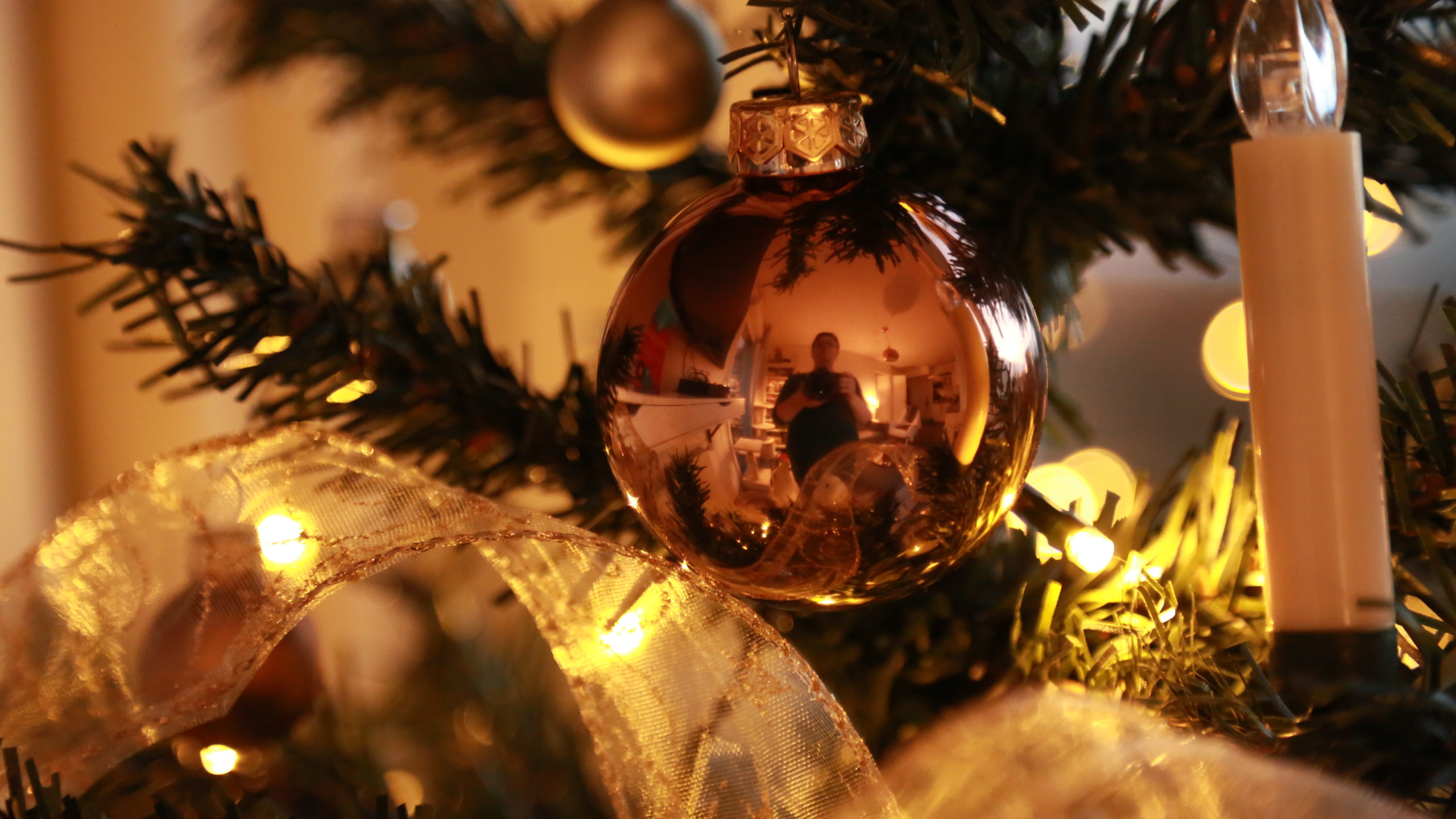Hello everyone and welcome to our 9th day of Advent. With yesterday’s video on cookbooks and mediaeval recipes, I think we’re ready to step into the kitchen, but not for anything too complicated. Let’s make some historically accurate drinks ! (now that’s a phrase I didn’t think I’ll say)
One of the pieces of information that comes up the most when researching lifestyle in the Middle Ages is the fact that water was completely unreliable as a day to day drink. Contamination of wells or streams was so common that it would be quite the gamble to quench your thirst with a goblet full of plain water. So, what to do ?
The South could rely on the sun to provide grapes and wine, while the North used cereal to brew ale and beer, however both of these alcoholic drinks were significantly less strong than today, so they were being given even to young children on occasion. Spiced wine was known from the Roman Empire on, and in the 14th century the name of hypocras started to be known all over Europe. Used either as an apéritif to stimulate your appetite at the beginning of a meal, or as a digestif at the end of your feast, this was a recipe that used to vary according to available spices and the quality of the wine. Red was more common for hypocras, while white wine is sometimes mentioned in French recipes for claret, with slight variations of spices between both.
Today I’m making the classic red hypocras as a moderate aperitif to drink during the twelve days of Christmas (oh yes, you’ve guessed it, I’m going full on medieval this year, even after the Advent Calendar is done). I chose a light red from the Loire region, fruity and not too alcoholic, and I’m mixing it with some cinnamon, cloves, cardamom and ginger. My mortar and pestle were not available so I chose to use powdered spices in a teabag. Now for the sweetness, since I’m not heating it, I’ll go for the traditional honey, known as the sugar of the poor during the Middle Ages, but I’m not as generous as they would have been, for a pint of wine, I’m adding just 1 tablespoon of honey. Mix everything and let it macerate overnight. Then strain and serve, well frankly, anytime you want, since this was the drink of choice at any time of the day. If you’re not a fan of alcohol, this can be done with red grape juice and you won’t need to add the honey.
My second experiment involves white wine, or apple juice if you prefer, and a herb we’re not used to seeing in drink. I’m making sage wine, also known as saugée, one of the remedies of choice for anything from excess phlegm to paralysis, migraines, memory loss or simply for longevity. The apothecary recipe involves only dried sage and white wine, but there are also more worldly recipes to make the remedy even more enjoyable. I’m making mine by mixing a pint of light white wine, a bit on the sweeter side yet not quite dessert wine, a Gewurztraminer is just perfect since it’s less heavy on the alcohol, and 2 or 3 leaves of fresh sage, lightly crushed with a rolling pin to get the flavours out quicker. Then two thin zests of a lemon and 3 green cardamom pods, and I leave it in the fridge overnight. This goes very well with any goat’s cheese canapés or fruit tarts. I like mine chilled, whereas the hypocras is better at room temperature I think.
Here you have it, a drink just like Aliénor would have had. You only need a troubadour by your side and the picture is perfect. Merry Advent !







 Literary lifestyle & seasonal rituals
Literary lifestyle & seasonal rituals The Summer Reading Ritual is here!
The Summer Reading Ritual is here! Free guide for slow, bookish summer days ↓
Free guide for slow, bookish summer days ↓

![Summer is not just a season—it’s a mood, a pace, a possibility.
I created The Summer Reading Ritual as a gentle companion for slow days, good books, and small, meaningful moments.
Inside this free guide, you'll find:
🌿 Cooling rituals and lifestyle inspiration
📚 Book recommendations for summer journeys
🥗 Garden-inspired recipes
🌊 Waterside and Alpine reads
🖋 Journal prompts for reflection
✨ Whether you’re staying home or traveling far, let this be your invitation to pause and read more beautifully.
Download it here → theritualofreading.com [link in bio]
Save this post to revisit all summer long 🌞
#TheRitualOfReading #SummerReading #LiteraryLifestyle #SlowLiving #SeasonalReading #Bookstagram #ReadingRituals #CreativeRituals #SummerMood #BookishEscape](https://theritualofreading.com/wp-content/uploads/sb-instagram-feed-images/510959295_18044112257554263_3560652762749480606_nfull.webp)

 The Summer R
The Summer R

 Coming June 21st — The Summer Reading Rit
Coming June 21st — The Summer Reading Rit